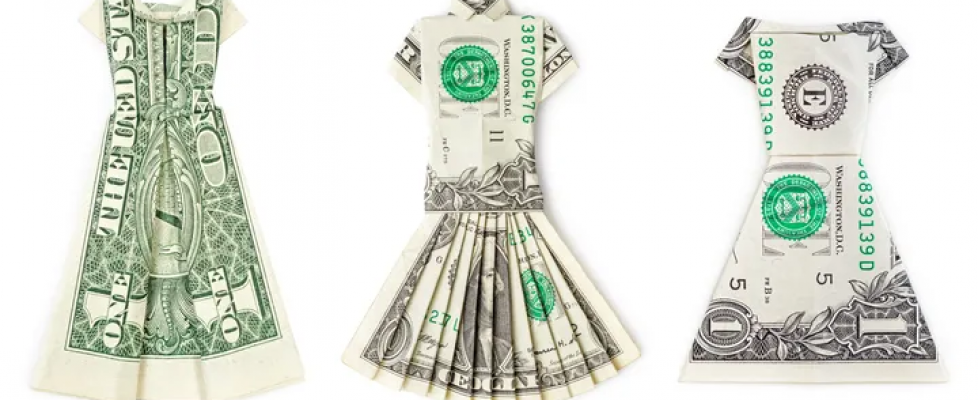P R O F I T
“Fashion is one of the world’s most important industries, driving a significant part of the global economy. It is one of the key value-creating industries for the world economy. If it were ranked alongside individual countries’ GDP the global fashion industry would represent the seventh-largest economy in the world “ ( The state of fashion 2017 – mckinsey & company)
In order to create economic value, the economic pillar known as “profit” must take social and environmental costs into account. A brand’s overall success in the fashion business is largely determined by its profit margin. The money a company makes after paying for things like production is referred to as profit when discussing the four pillars. The profit pillar involves monitoring how effectively and responsibly a business uses its resources to produce income.
In 2022, the worldwide apparel market was expected to generate 1.53 trillion dollars in revenue, a marginal decline from the year before. Nonetheless, it was anticipated that income would rise to more than 1.7 trillion dollars in 2023. China topped the list of countries with the biggest value of garment exports in 2021. (Smith, P. Apparel market worldwide, Statista ) The luxury segment’s top-line increased by 27% in the first half of 2022 compared to the same period in 2021, according to a McKinsey analysis of publicly traded companies.51 Luxury conglomerates such as LVMH and Kering recorded double-digit growth in the first nine months of 2022 and raised their revenue projections. ( Amed, I. and Berg, A. (2022) The State of Fashion 2023: Resilience in the face of uncertainty, The Business of Fashion. )

A research conducted in March 2010 examined 4,700 companies’ recession-period performance and subsequent recovery. Of those, 17 percent went private, filed for bankruptcy, or were bought out. Apparently, the best-positioned businesses to survive a recession are those who focus on improving operational efficiency in order to save expenses, while simultaneously allocating resources to growth tactics like marketing and development. In an environment where competition is fierce, brands need to stand out from the crowd with a USP.Brands would experience a significant drop in sales, profit, and popularity if they didn’t adjust to the new trends of more relaxed and informal attire.As a result, it can modify its supply chain, sales channel, and digital marketing strategies in addition to updating its operating models to cope with the increasing complexity. For instance, fashion companies will need to prepare carefully in order to withstand the risks of a recession and other uncertainties that lie ahead in 2023. (1922 McKinsey)

When it comes to combining creativity and business, creative directors are essential since they enable both a commercial plan and a creative vision for the brand, which can boost sales and maximize profit. A strong creative director knows how to boost a brand’s creativity so that it can thrive, as well as the competitive nature of the industry and consumer preferences. In order to safeguard both the company’s and the artist’s reputations, as well as to make sure that their partnership meets market expectations and earns enough cash despite any potential dangers, it is imperative that these parties establish a solid and trusting connection. Human achievement has always come from having the humility to realize what you’re not fit out for and the strength to concentrate on what you do well. It also comes from being able to adapt and bring in outside experts to help you realize your dreams. “Art and entrepreneurialism are two expressions of one shared desire: to leave the world a little different than you found it.” (Bridging the gap between art and business | Ajaz Ahmed (2013) The Guardian.)
